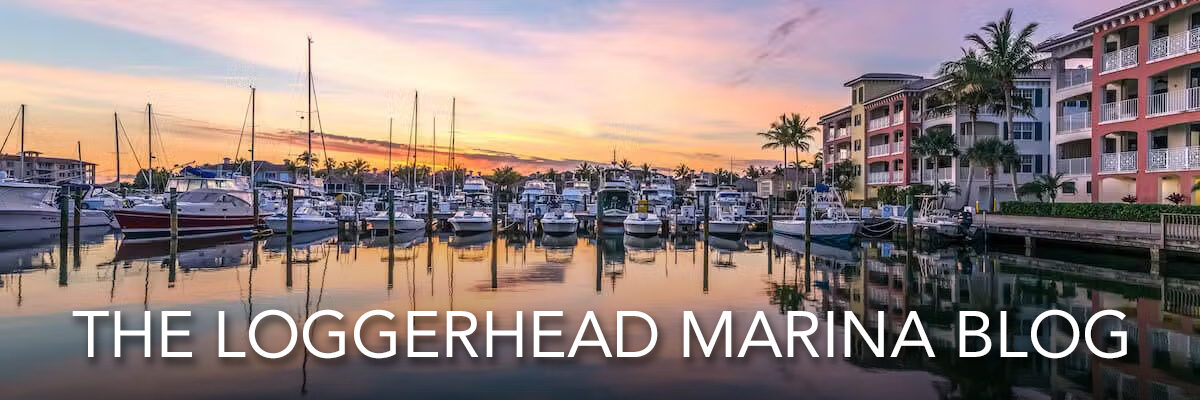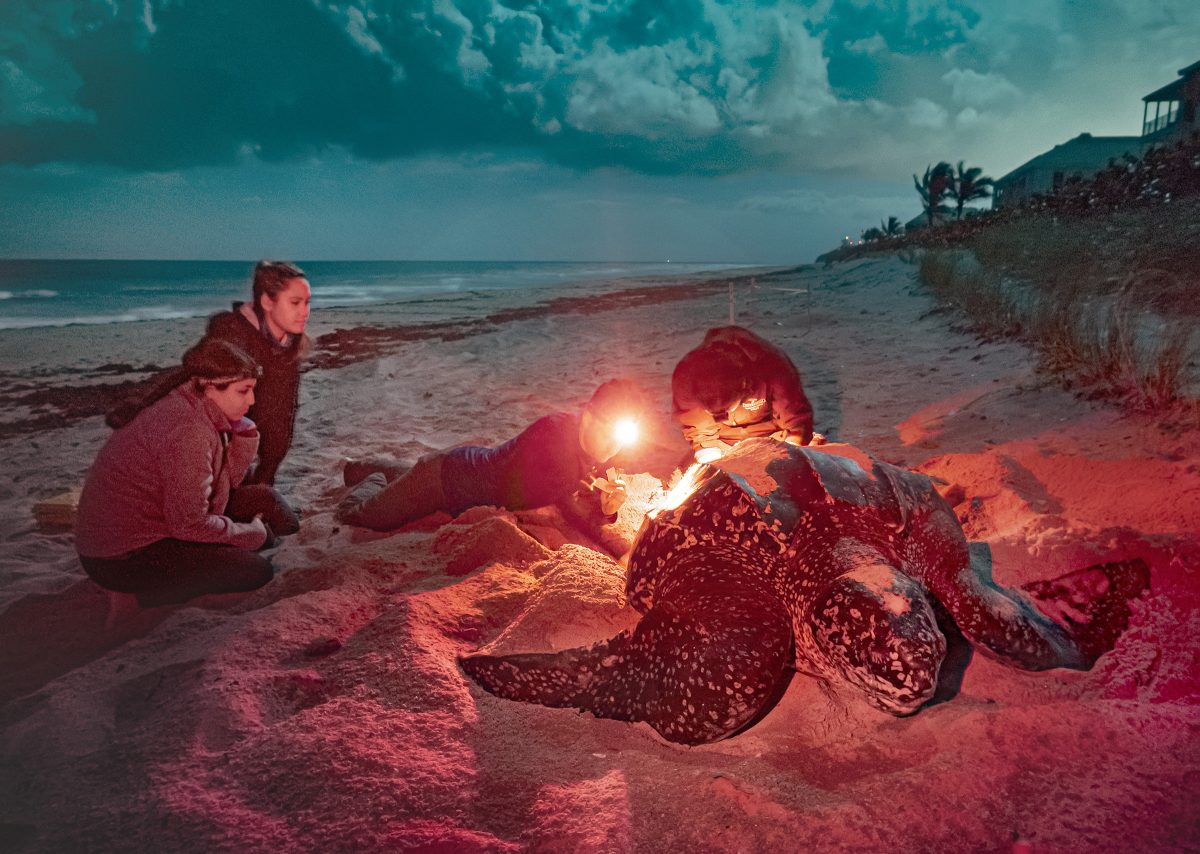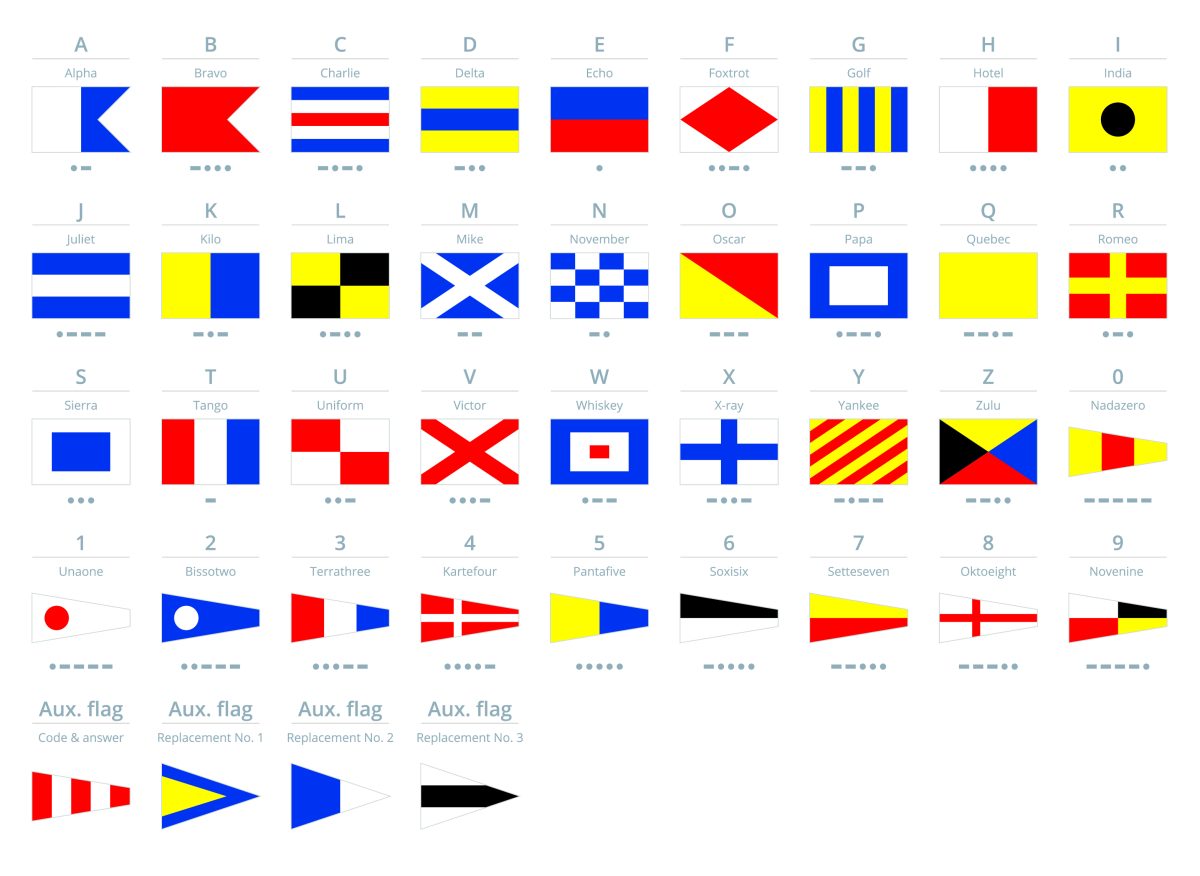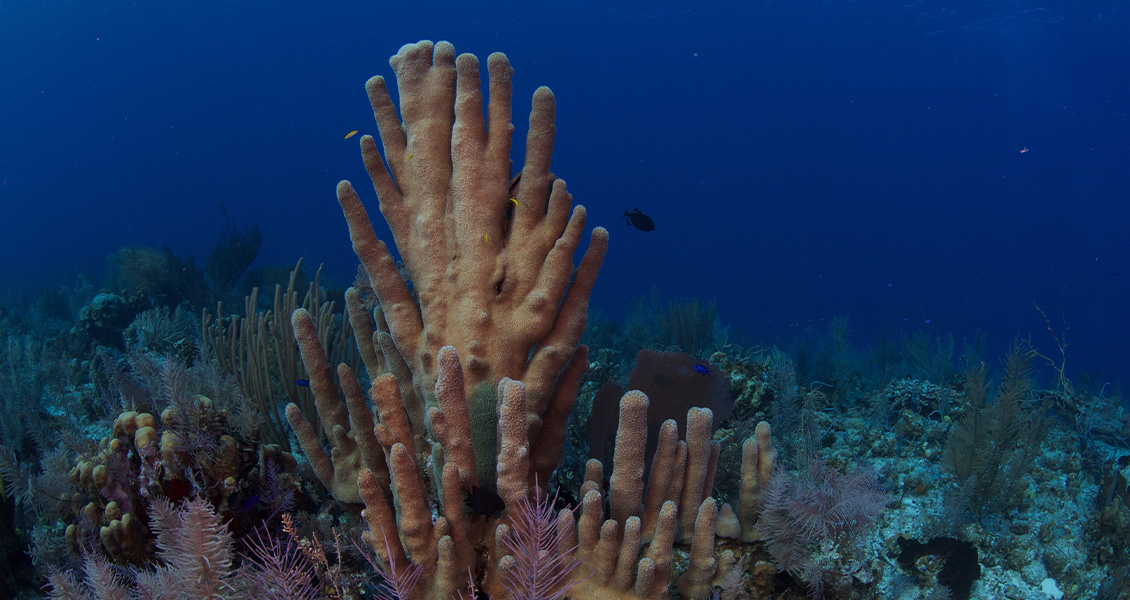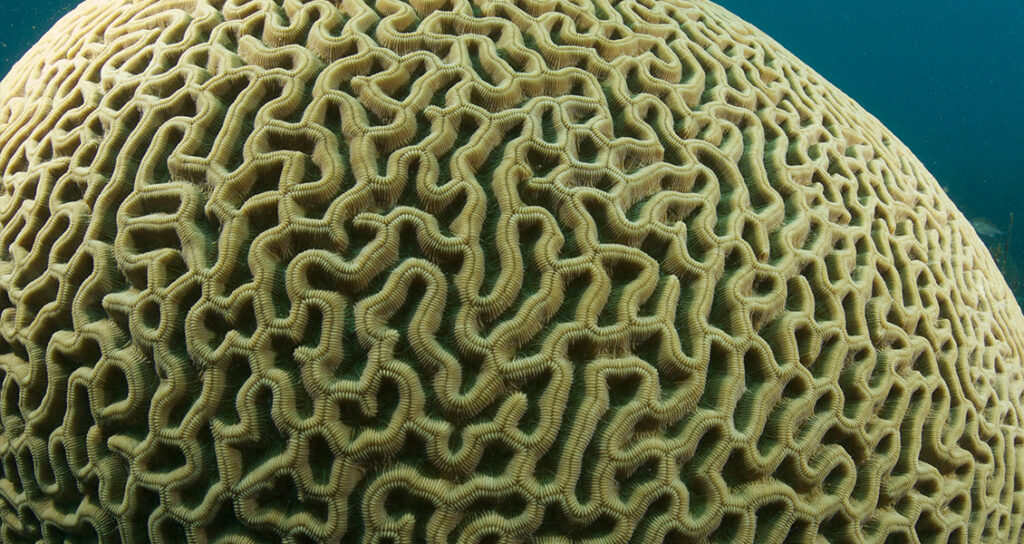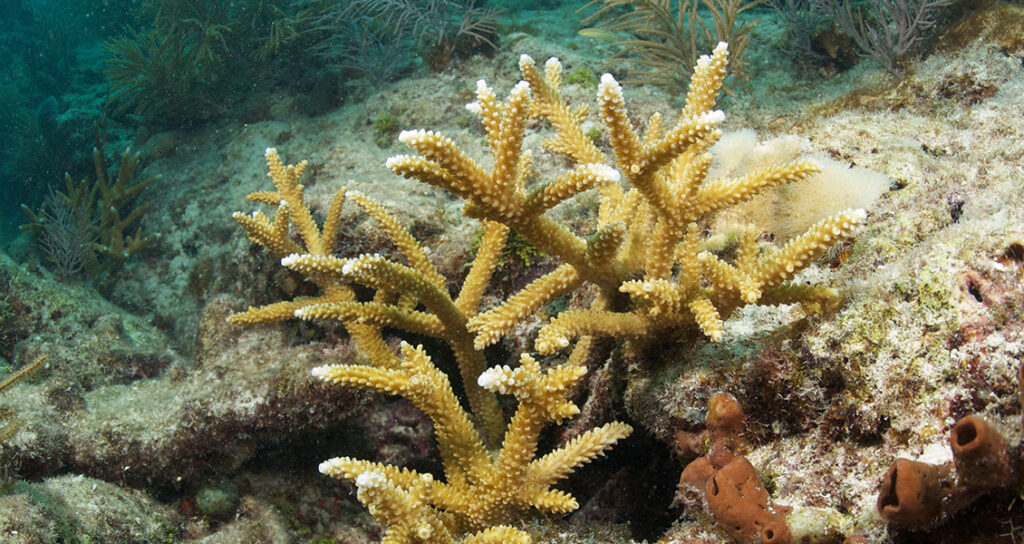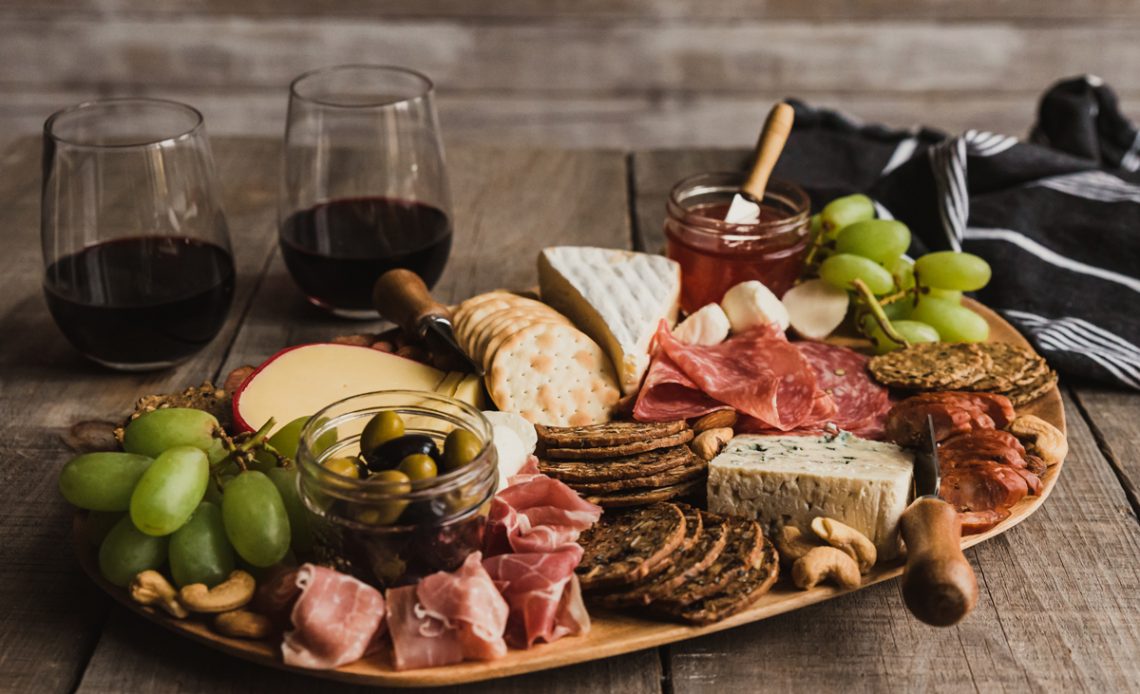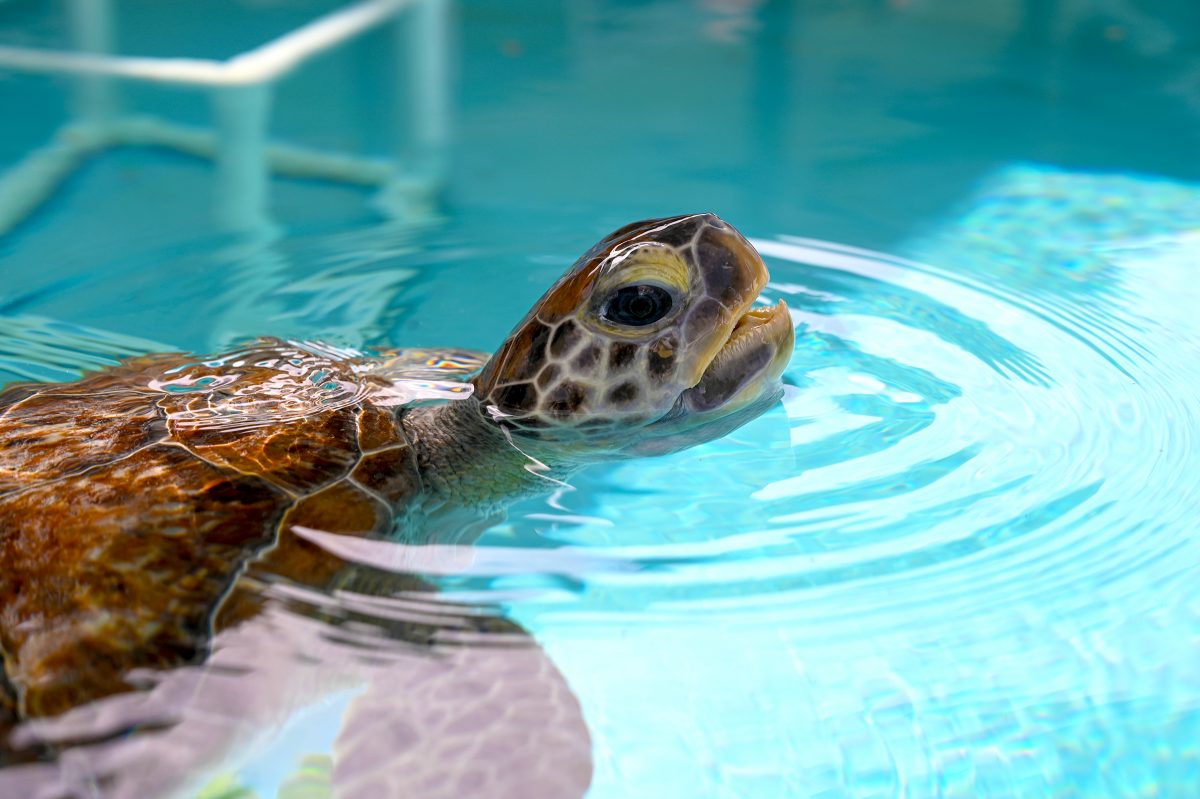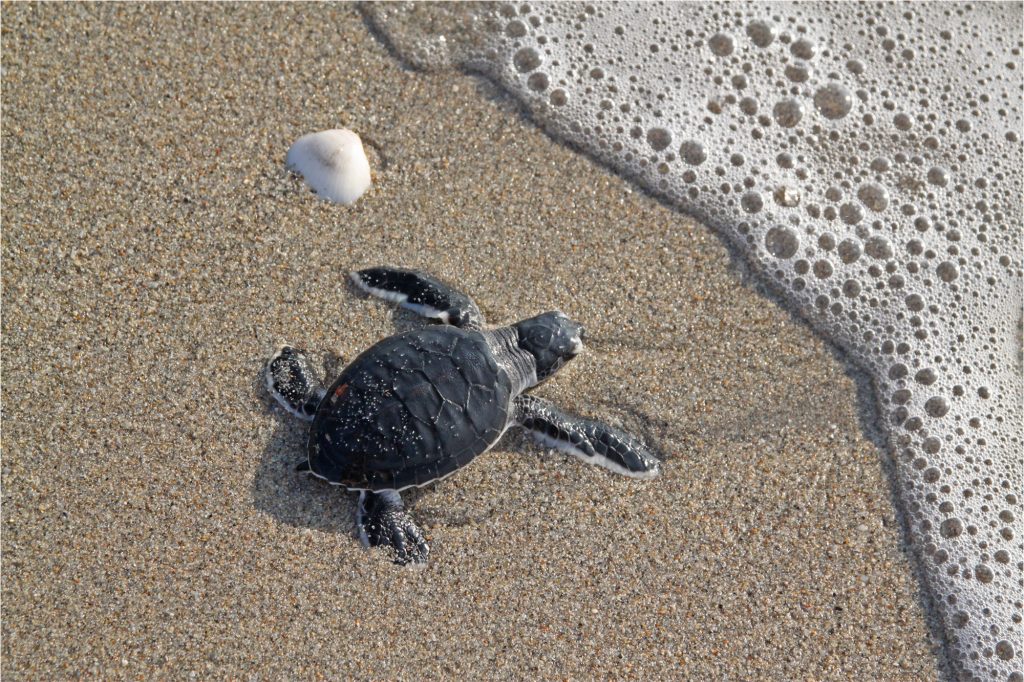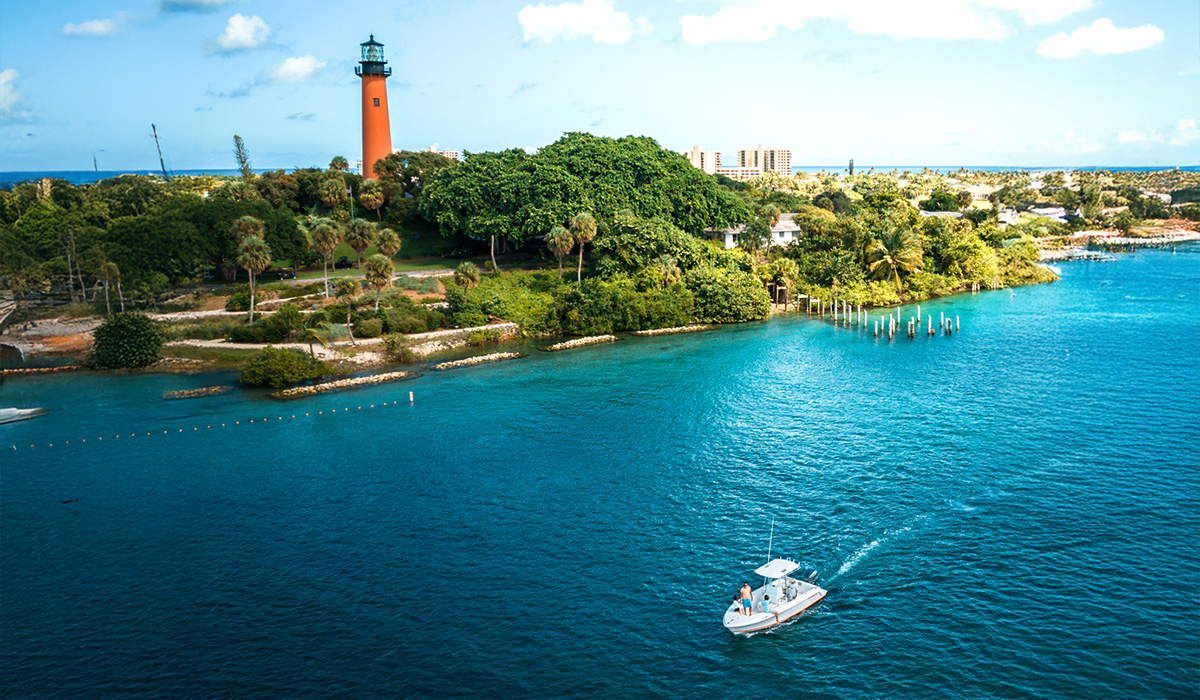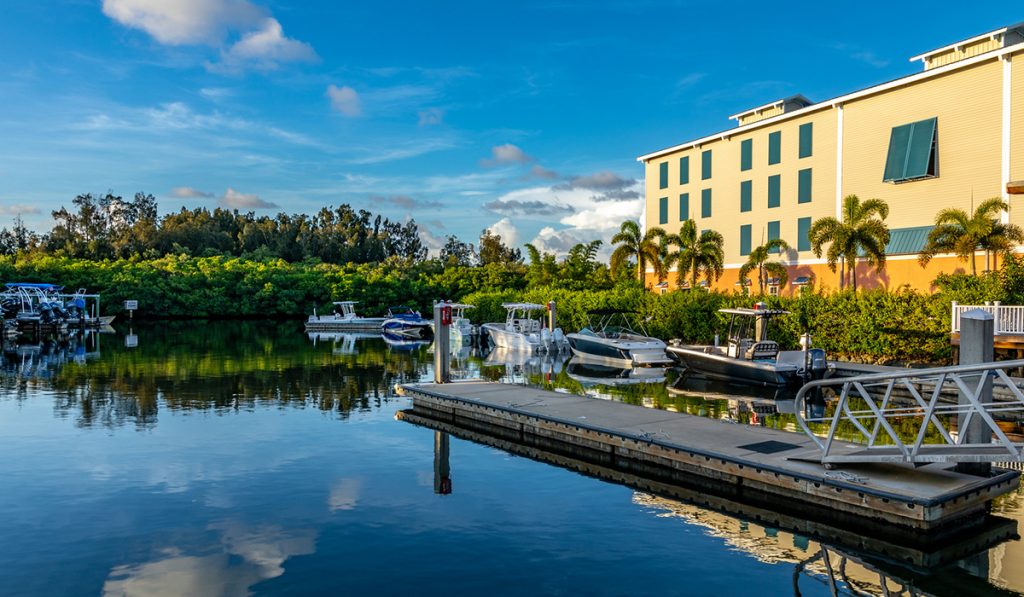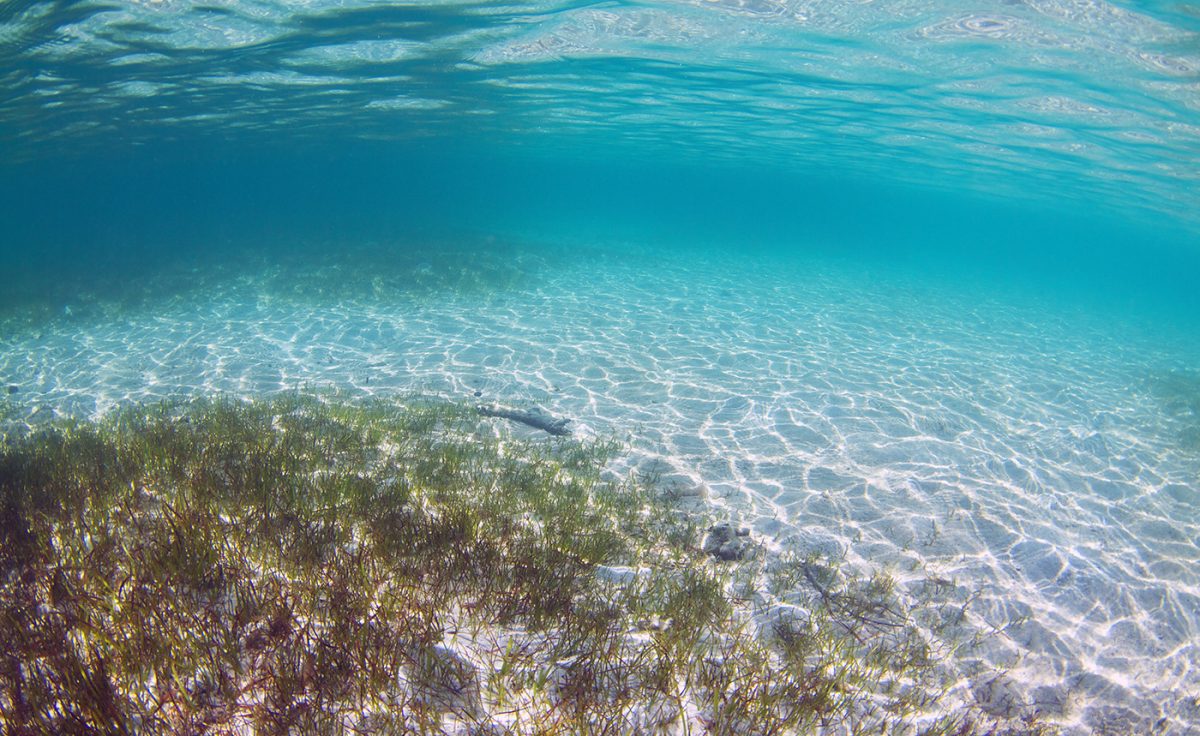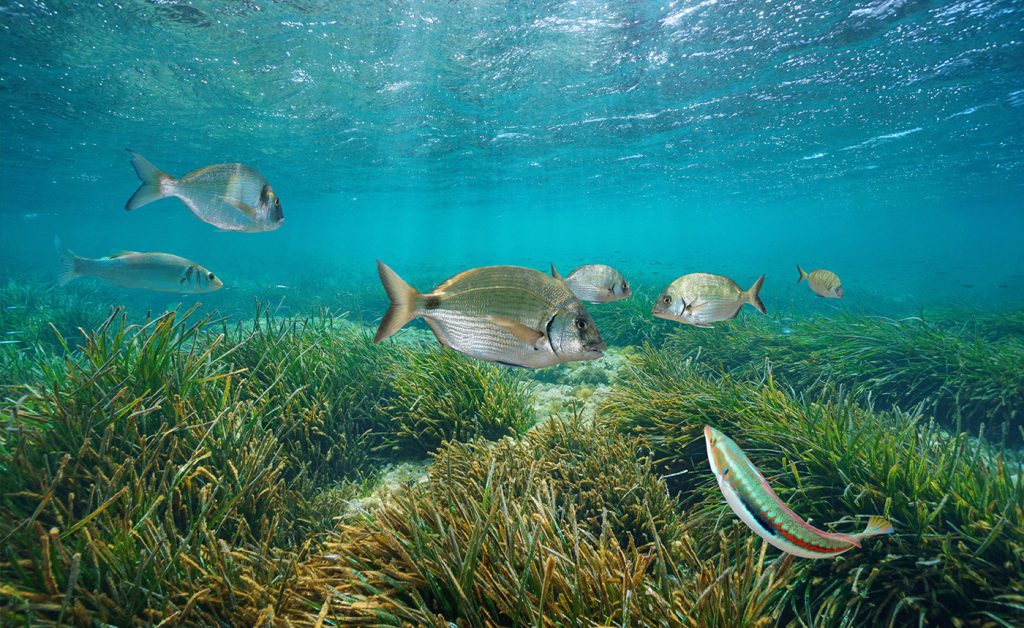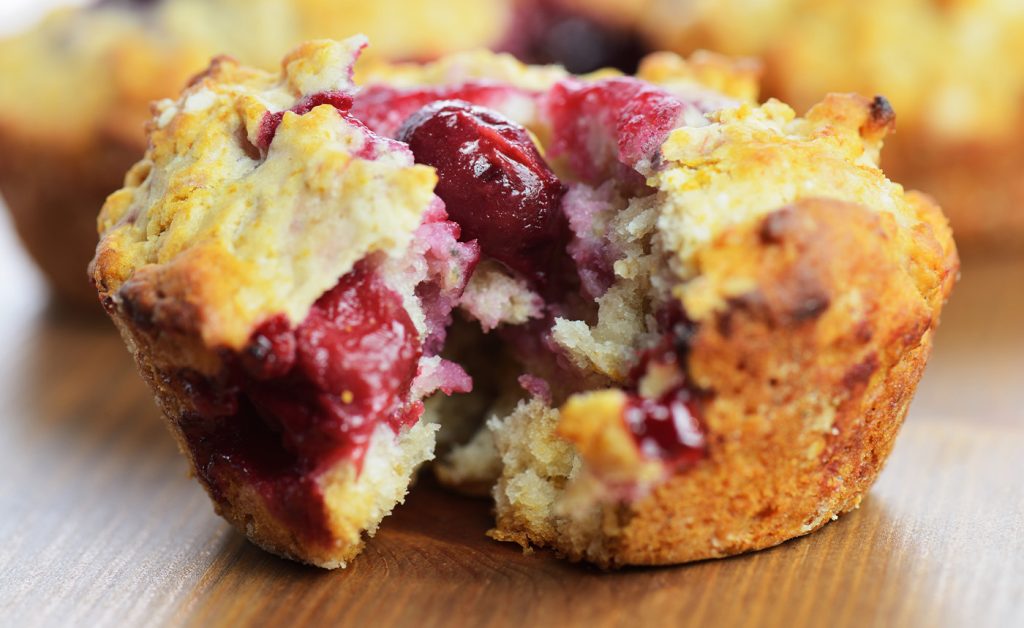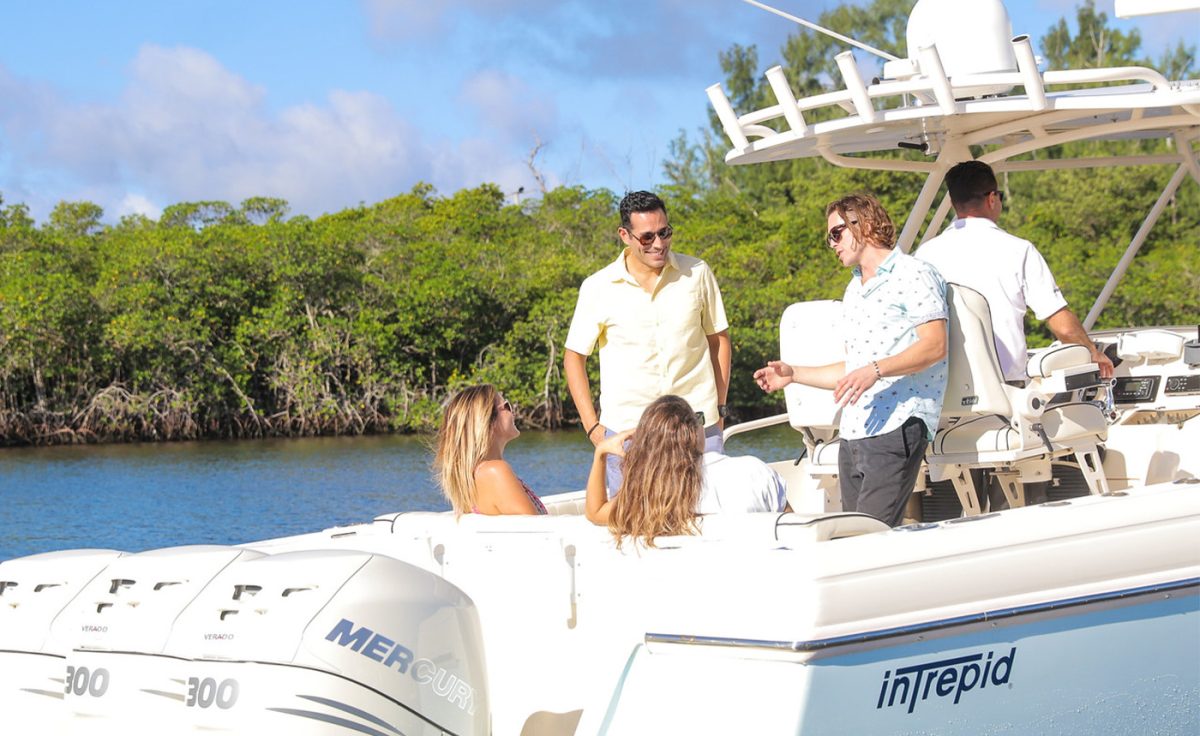Each year between March 1 and October 31 the research staff at Loggerhead Marinelife Center (LMC) monitors sea turtle nesting activity on 9.5 miles of beach in North Palm Beach County, Florida; however, nesting often occurs prior to and following those dates. Three species of sea turtles utilize the beaches close to the Center. Because the turtles come ashore during this time, nesting season allows our team the opportunity to study and monitor these populations.
The first species to hit the beaches each year is the leatherback, followed by loggerheads, and then finally the green turtles. 2023 was a record year for sea turtle nesting on the beaches monitored by LMC with over 25,000 total nests, also representing a record of 15,672 nests for loggerheads. This year, as of the end of October, 14,950 total nests have been recorded.
Each evening, LMC staff are working on the beaches as turtles are nesting. During this time the staff can get bloodwork, measurements, weights, and tag key specimens with flipper tags and occasionally satellite tags. One leatherback named Patricia has visited the beaches monitored by the Center frequently and was satellite tagged in 2023. After leaving the beaches of South Florida, Patricia headed all the way up to the chilly waters of the Gulf of St. Lawrence south of Quebec. That is a marathon journey by boat, let alone swimming. Another leatherback named Domino missed the all-time diving depth record for the species by 336 feet reaching 3,669 feet.
With each morning survey, our research team identifies every crawl left by nesting sea turtles. The three species that nest on the local beaches all leave a unique signature path in the sand. Each crawl is identified to a species and reviewed as to whether it was a successful crawl resulting in a nest or a false crawl where the turtle decided not to nest for any number of reasons from type of sand, light pollution, presence of predators, or human interlopers.
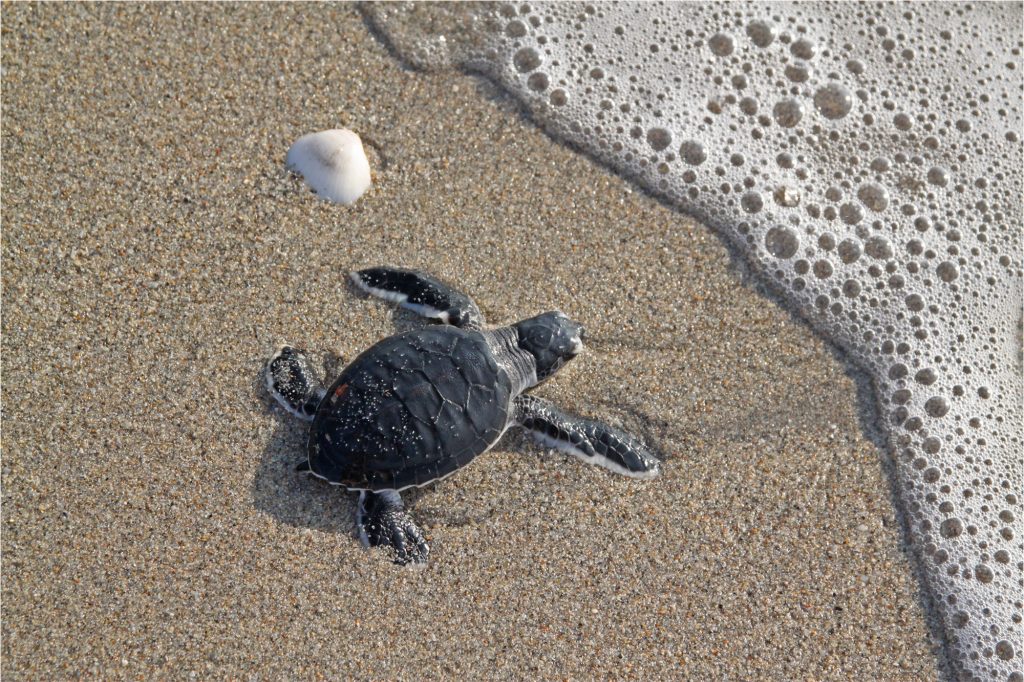
While each nesting year is different, the team at Loggerhead Marinelife Center is on the front lines of sea turtle research. Despite nesting numbers being very high last year, hatchling survival was rather low likely due to high temperatures and a dry summer. The rainy season of 2024 has led to increased hatchling production as the rain cools off the nests. Conservation efforts that began nearly 40 years ago have helped most sea turtle populations in the United States begin to rebound, but they are not out of the woods (or sand) just yet. Loggerhead Marinelife Center benefits from the partnership of Loggerhead Marinas which help support the critical work we do.
Andy Dehart – President & CEO
Loggerhead Marinelife Center
Photos courtesy of Christian Del Rosario and Andy Dehart

